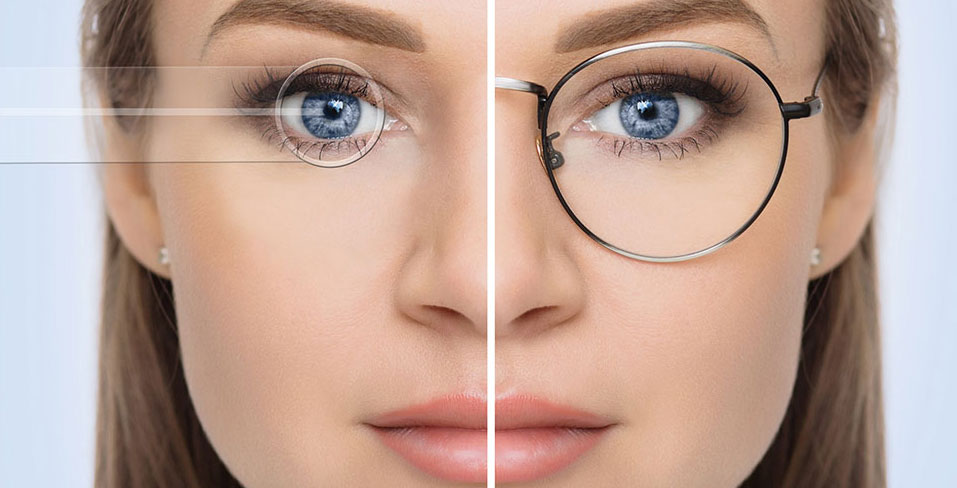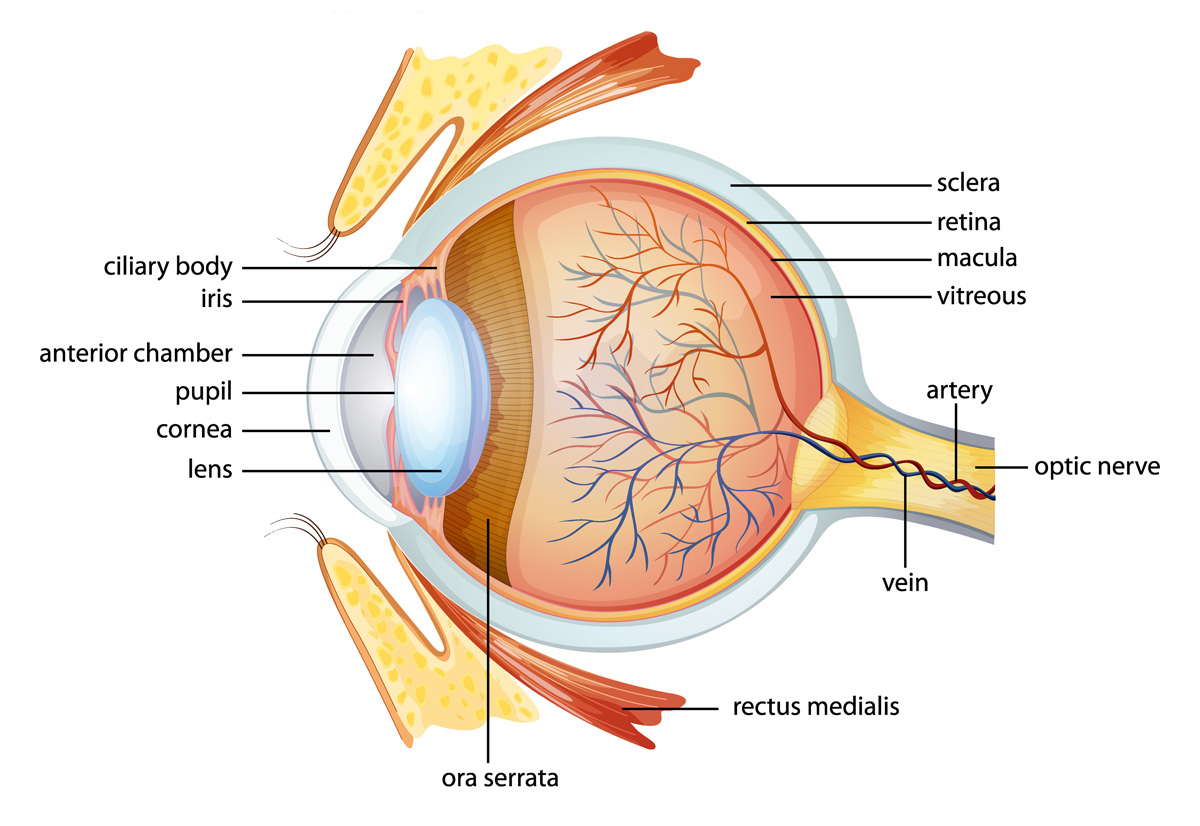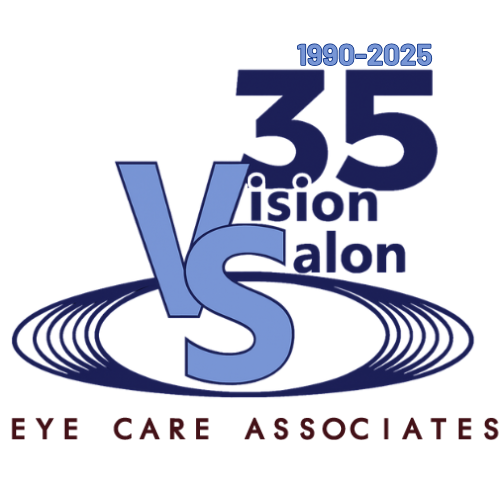Comprehensive
Eye Exam

Comprehensive Eye Exam in Blue Island, IL
During a comprehensive eye exam in Blue Island, our eye doctors do more than check your prescription. Your eyes can tell us a lot about your overall health, and they might even reveal signs of eye diseases before you notice any symptoms.
What is the difference between a vision screening and a comprehensive eye exam?
Vision screening tests can identify vision problems in children or adults, but they are not as thorough as an eye exam performed by an optometrist. They won’t detect more complex eye conditions, such as eye alignment issues, and miss up to 75% of children with vision problems.¹ In comparison, a comprehensive eye exam evaluates both your eye health and your vision.

Here are some of the conditions we can identify during a comprehensive eye exam:
- Nearsightedness (myopia), farsightedness (hyperopia), and astigmatism
- Focusing problems, such as presbyopia (age-related changes in close-up vision that occur after age 40)
- Other vision problems, such as strabismus, amblyopia, or binocular vision
- Eye diseases such as glaucoma and diabetic retinopathy
- Other diseases, such as high blood pressure or high cholesterol
What can I expect during an annual eye exam?
During your eye examination, we will conduct a variety of tests to assess both your eye health and vision. Tests may include the following:
- A visual acuity test assesses the sharpness of your vision, usually using the “Big E” or Snellen chart.
- A visual field test determines if you have blind spots or peripheral vision issues.
- A cover test checks for strabismus or binocular vision problems.
- The refraction test enables us to determine your exact eyeglass prescription. We will place an instrument called a phoropter in front of your eyes and show you a series of lens choices.
- A slit lamp exam enables us to detect common eye diseases and conditions. The instrument allows our optometrists to examine the eye’s structures to assess its health.
- A glaucoma test, known as tonometry, measures the pressure within your eye.
- Dilation of the pupil and ophthalmoscopy allow us to examine your optic nerve, retina, and blood vessels.
How often do I need a comprehensive eye exam?
The American Optometric Association recommends you see us on an annual basis if you wear eyeglasses or contact lenses. We may also recommend more frequent visits if you have diabetes, high blood pressure, or other underlying health conditions that may affect your eye health and vision.
Our optometrist will recommend the best eye exam frequency based on your health history, vision, and eye health, ensuring you receive the eye care you need. Schedule your eye exam in Blue Island today and let us help you protect your vision.
References:
Can I do an eye exam online?
Online exams are not available through our office. They do not provide the standard of care we feel is necessary for offering the highest quality eye care.
What is included in an eye exam?
Our office provides both routine and wellness exams. Wellness exams, covered by vision insurance, include a refraction to determine your eyeglasses prescription as well as a general eye health assessment. Medical eye exams, covered by most medical insurances, are for eye conditions that may require additional testing or medical care.
Is it necessary for the doctor to dilate my pupils during the exam?
Dilation may not be necessary for every exam. However, for most adults we are seeing for the first time or those with a medical condition, we may follow up with a dilation and an in-depth diagnostic evaluation.
How often do I need an eye exam?
We recommend that every patient be proactive in monitoring their eye health and schedule annual eye exams.
What diseases can be detected in an eye exam?
If not treated early on, most systemic diseases can impact the eyes, threatening your sight and causing visual impairment. The most common cause of adult vision impairment and blindness is diabetes, which can be prevented or lessened if caught early. Other systemic conditions, like poorly controlled hypertension, autoimmune disease, and even obesity, can lead to vision impairment. Examining the delicate blood vessels and blood flow in the eyes can provide clues about systemic diseases that may be affecting your eyes.

